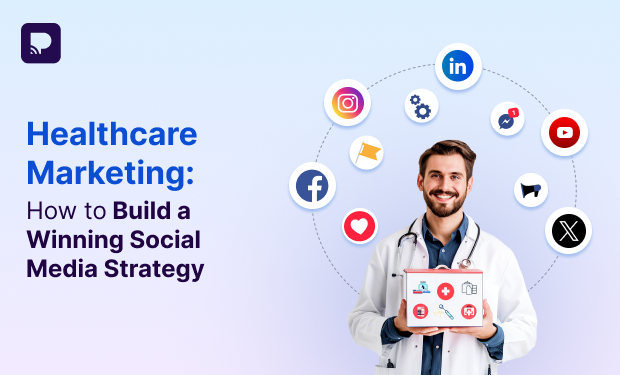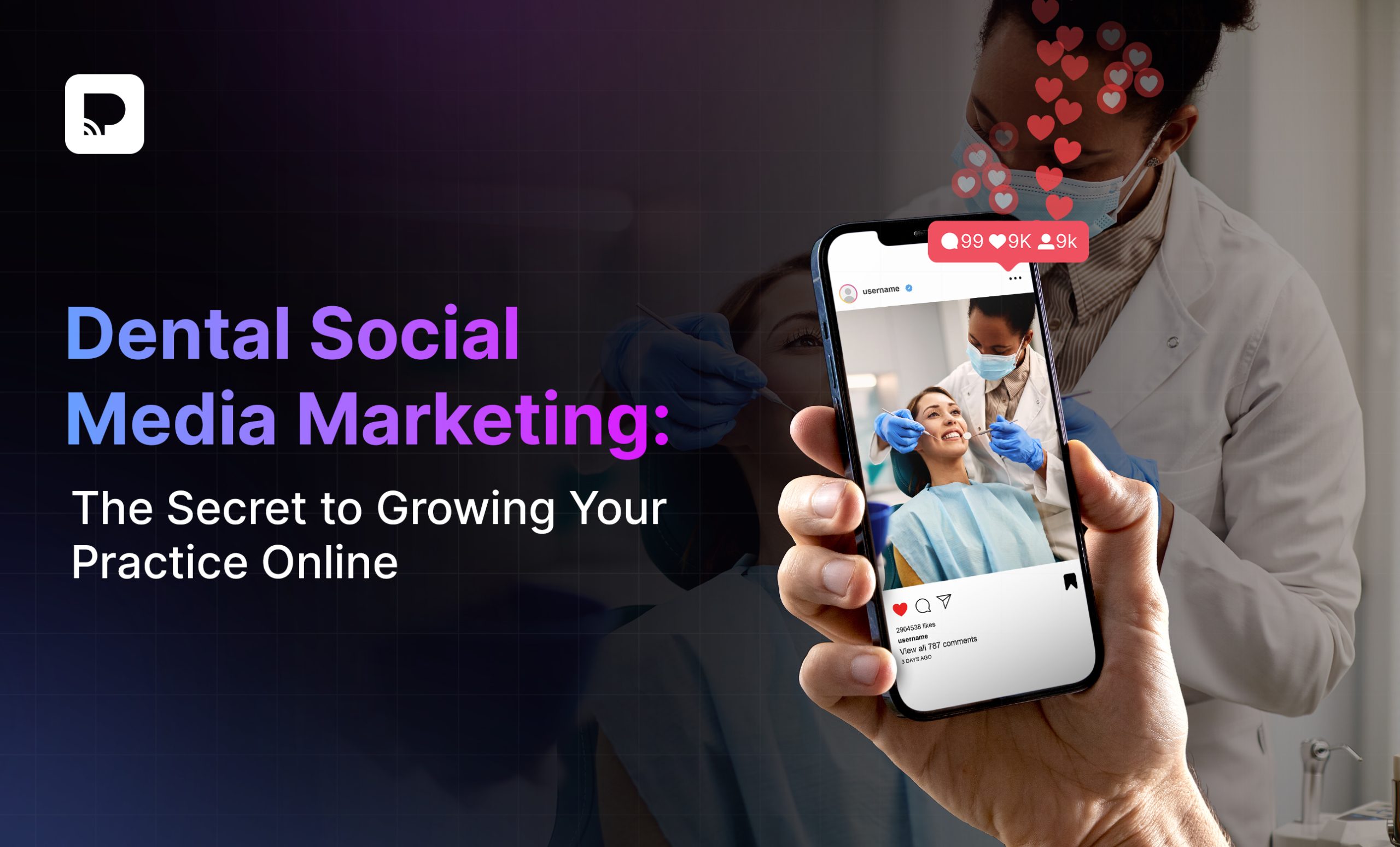Gone are the days when choosing a healthcare provider started only with a phone call or a walk-in. Now, most people explore social media to check which healthcare providers are best for them. They read reviews, follow medical professionals, and consume bite-sized health content. This transformation has made social media a cornerstone of modern healthcare marketing.
Social media is no longer just a communication or promotion tool. It’s where patients form first impressions, seek credibility, and decide whom to trust. With over 55% of users relying on social networks for healthcare insights, having a strong digital presence is a must.
In this blog, we’ll show you how to build a social media strategy that attracts the right audience, drives engagement, and makes your healthcare marketing work.
See How Practina Helps Healthcare Businesses Grow
Start NowWhy Healthcare Marketing Matters For Your Practice
- Builds Trust and Credibility – Trust is the foundation to keep your patients with you. When providers share real patient experiences, behind-the-scenes moments, and helpful medical advice online, it ultimately makes the brand feel genuine and caring. For instance, a brief Instagram Live session where a doctor addresses common healthcare questions can make followers feel seen, informed, and confident in their choice of provider.
- Educates and Empowers Patients – In a world full of misinformation, patients value healthcare practices that share facts they can trust. Through informative content, healthcare marketing enables providers to educate their audiences. Moreover, it promotes preventive care and establishes itself as a reliable health resource.
- Improves Patient Engagement – Social media gives healthcare providers a direct line to connect with their audience. It is the place where you can actively respond, host live Q&A sessions, and share content that resonates with the audience.
- Enhances Brand Visibility – In a crowded healthcare market, your visibility matters a lot. Healthcare marketing helps your brand cut through the noise and connect with a larger audience.
- Drives Appointments and Conversions – Social media isn’t just about awareness. It’s indeed a powerful driver of action. When healthcare providers promote their services through targeted ads and personalized campaigns, more people get to know who they actually are. As a result, it boosts the booking rate.
- Encourages Feedback and Strengthens Reputation – Patients often share their experiences online, and that feedback is priceless. Healthcare practices must respond thoughtfully and use that input to improve services.
- Keeps You Ahead of Competitors – In today’s digital-first world, consistency is key. A strong social media presence and healthcare marketing help your healthcare brand stand out, connect with patients before your competitors do, and stay relevant in an ever-changing market.
11 Ways To Build a Healthcare Marketing Strategy That Works
The healthcare industry is constantly evolving, with new treatments, technologies, and patient needs emerging every day. To stand out, your healthcare marketing campaigns should focus on creating content that truly connects with your audience. Here’s how you can do that.
1. Adapt User-Generated Content
Encourage patients to share their experiences, testimonials, or stories (with their consent). These real stories from real people make your brand more relatable and trustworthy. For instance, sharing a patient’s recovery story (with permission) can inspire others and build an emotional connection.
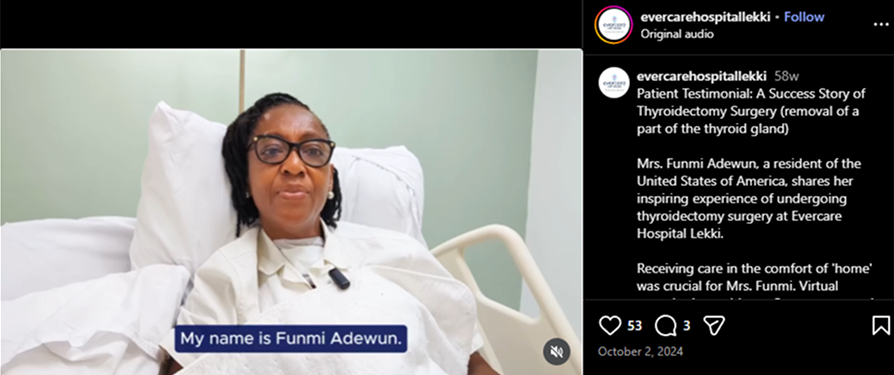
2. Boost Engagement Through Polls, Q&A, Etc
If you have a good amount of followers, you must ask questions, create polls, and host live Q&A sessions. In addition to this, respond to comments regularly. It is because engaging directly with your audience makes them feel heard and valued.

3. Educate the Public
Share simple, fact-based posts about health tips, preventive care, or awareness days. The more value you provide, the stronger your authority becomes. Keep the language simple so that everyone can understand. When you teach people something useful, they remember your brand for the right reasons. For example, post something like this — “5 Early Signs of Diabetes” or “How to Manage Stress in 10 Minutes a Day.”

4. Define What Makes Your Practice Unique
Show the human side of healthcare by introducing the people behind the white coats. Highlight your team members, their motivation for choosing healthcare, their passion for helping others, and even a glimpse of their lives outside work. You can also celebrate patient success stories, sharing their journeys from the start of treatment to positive outcomes (with their consent).
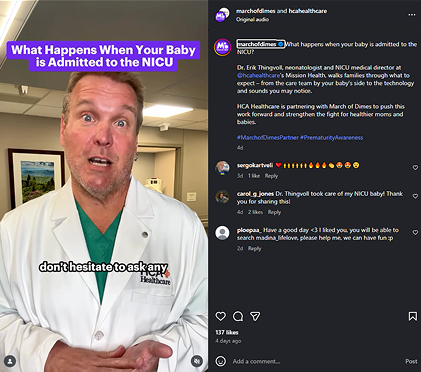
5. Combat Misinformation
There’s a lot of false health content online. So, use your platform to correct myths and share reliable medical information. Like, if you’re a dermatologist, you can post “Skincare myths you should stop believing.”

6. Adapt to Video Formats for Healthcare Marketing
Short videos perform best. Around 89% of businesses use it to engage their audience. For healthcare providers, short videos are perfect for simplifying medical concepts, showcasing your experts, and offering bite-sized wellness advice.
For example: A 30-second “Ask the Doctor” reel can get far more engagement than a static post.
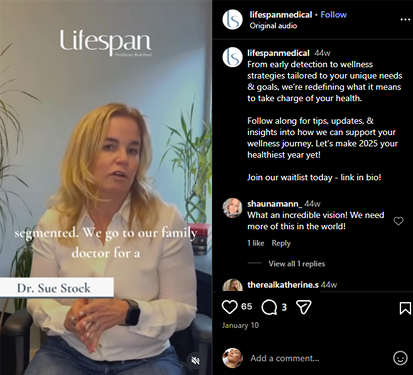
7. Establish a Dedicated Community
Encourage followers to join groups or forums where they can ask questions and share experiences. Building a supportive online community helps patients feel cared for even outside the clinic.
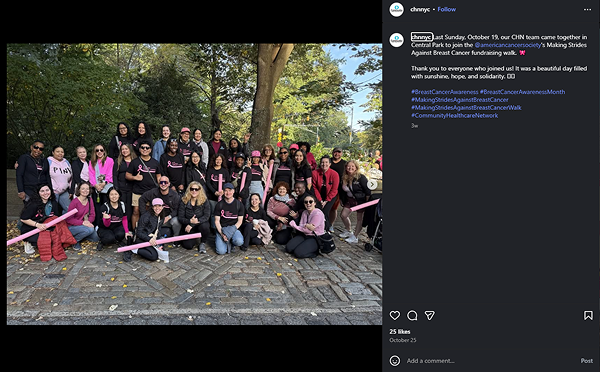
8. Build a Strong Content Hashtag Strategy
Use relevant healthcare hashtags to make your posts discoverable. Combine broad hashtags like #HealthcareTips with specific ones like #HeartHealth or #MentalWellness to reach the right audience. In addition to this, you can add your healthcare practice’s hashtags, such as #NewMed, #BrightCareClinic, etc.
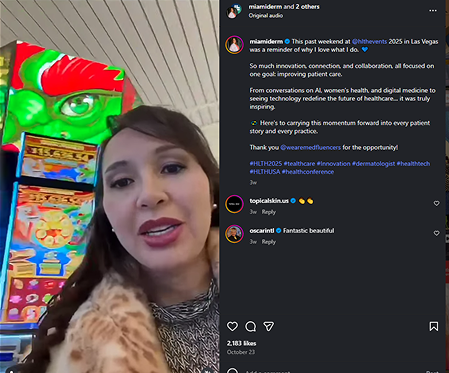
9. Leverage Influencer Marketing
Partner with trusted healthcare influencers or micro-creators who align with your values. Their authentic recommendations can help you reach new audiences and boost credibility.
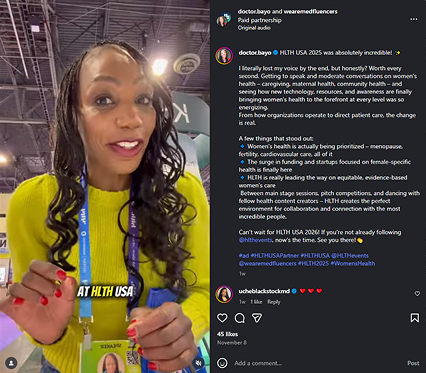
10. Share Preventive Health News
Keep your audience informed about vaccination drives, screenings, and public health alerts. This shows responsibility and positions your brand as an active healthcare advocate.

11. Activate Social Listening for Patient Insights

Always try to follow the marketing trends in healthcare and pay attention to what your patients are saying online. Social listening helps you catch real conversations about your clinic or common health issues. It’s a great way to understand what people need and join in with helpful advice. Case in point, you see a rise in allergy discussions, post simple tips, or talk about how your clinic can help.
Transform Your Practice’s Online Presence
Try PractinaBut before using these healthcare marketing strategies, keep this in mind:
HIPAA Regulations
The Health Insurance Portability and Accountability Act (HIPAA) is a U.S. law that keeps patients’ personal health information private and protected.
If you’re a healthcare provider, hospital, clinic, or even part of a marketing team, you must follow HIPAA rules when using social media. These guidelines ensure that no patient information is shared, leaked, or misused.
The foundation of HIPAA is patient confidentiality. That means you should never post or share anything that could identify a patient. These include their name, photo, treatment details, or medical story.
Even a well-meaning success story can violate HIPAA if consent isn’t obtained. Therefore, to use them, you must obtain their clear written permission.
Protected Health Information (PHI) includes:
- Patient’s name or initials
- Photos or videos that identify the person
- Dates (birth, admission, discharge, etc.)
- Contact details (address, phone, email)
- Medical record numbers or ID numbers
- Any health condition, treatment, or diagnosis linked to an identifiable person
How To Make Your Healthcare Marketing HIPAA-Compliant
▪ Train Your Team
Everyone who handles your practice’s social media, including marketing agencies, must understand HIPAA rules. One employee’s mistake (like replying to a patient comment with personal info) can result in a serious HIPAA violation and fines.
Best practice:
- Create a clear social media policy
- Offer HIPAA training for staff
- Restrict account access to authorized users only
▪ Secure All Devices and Platforms
Ensure that any device used for managing social media accounts is password-protected and used only by authorized team members.
Moreover, never store patient content (photos, testimonials, etc.) on unsecured or personal devices. Use Business Associate Agreements (BAAs) if you work with a third-party marketing agency, photographer, or content creator. Therefore, this ensures they are also legally bound to protect patient data under HIPAA.
▪ Handle Violations Promptly
If a post, comment, or message accidentally discloses:
- Remove it immediately
- Report the incident internally
- Follow your organization’s HIPAA breach protocol
Choose the Right Social Media Platforms
- Facebook & Instagram: Great for building patient engagement, running awareness campaigns, and sharing visual stories that show the human side of your brand.
- LinkedIn: Ideal for professional networking, hospital partnerships, recruitment, and positioning your clinic or team as healthcare thought leaders.
- YouTube: Perfect for healthcare marketing assets such as longer educational videos, doctor explainers, and patient Q&A sessions. Also, video content here can build strong credibility and trust.
- X (formerly Twitter): Best for sharing real-time health updates, wellness tips, and joining public health conversations or trending topics.
- TikTok (optional): A powerful platform for reaching younger audiences with short, engaging health education videos — if it fits your target demographic and brand tone.
Run Your Healthcare Marketing Smarter with Practina
Running a healthcare practice is busy enough. Marketing shouldn’t add to your stress. That’s where Practina helps. It has various features that help you handle each and every healthcare marketing aspect.
With features like Practina’s Deals, you can easily promote wellness packages, consultation offers, or seasonal check-up discounts. Moreover, Reputation AI ensures your online reputation stays strong by collecting all your reviews in one place and helping you reply quickly.
Through Lead Center, you get instant alerts when someone responds to your ads or appointment forms. In addition to this, Gallery AI makes your page more personal by using real photos from your clinic and creating professional posts around them.
And with AI Ads, AI Posts, and Auto-Scheduling, Practina handles your social media from start to finish, creating, posting, and promoting your content at the best times.
Conclusion
To conclude, healthcare marketing comes with unique challenges. With HIPAA rules to follow and patient privacy to protect, finding the right approach takes care and creativity. That’s why experimenting across different marketing trends in healthcare is valuable. However, using social media wisely is essential. It’s where forward-thinking healthcare organizations are bridging the gap between care and community, building trust, boosting reputation, and becoming the preferred choice for both patients and healthcare professionals alike.


